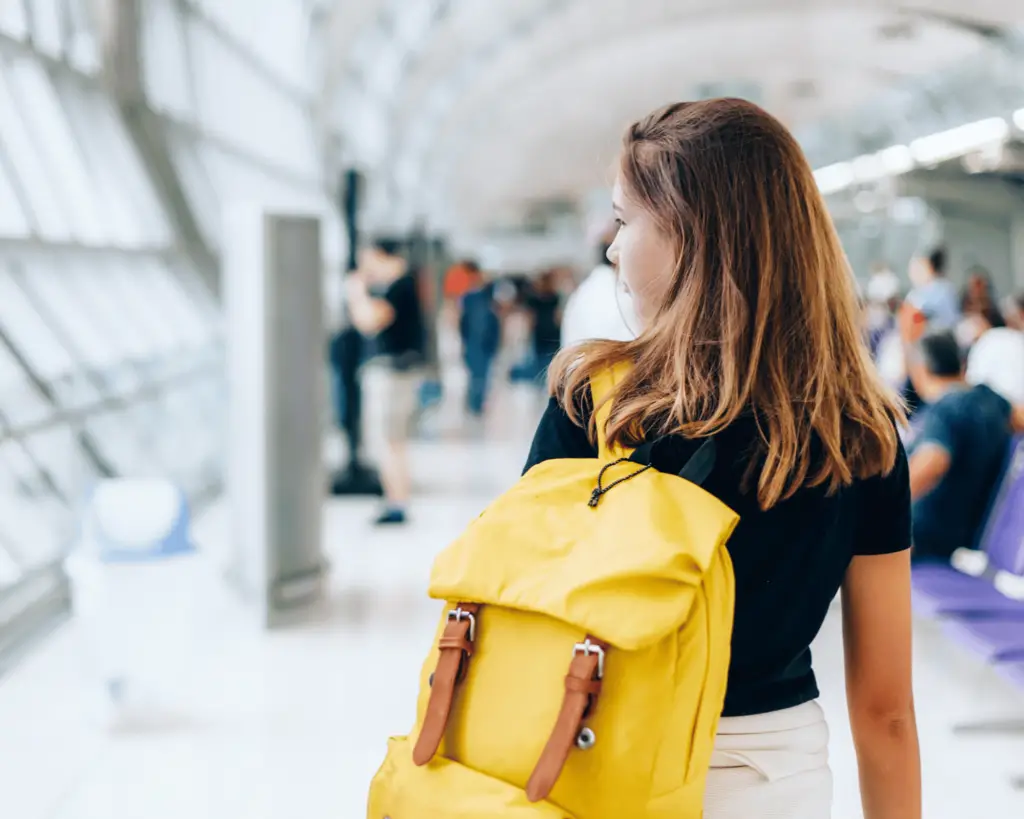Flying Out of the Country for the First Time: How to Prepare
Embarking on your first international journey is an exciting experience, filled with anticipation and a fair share of nerves. Before you can revel in the thrill of exploring a new country, it’s crucial to understand and prepare for the international travel requirements. These requirements often involve more than just packing your suitcase and heading to the airport.

First and foremost, check your passport’s validity. Many countries require your passport to be valid for at least six months beyond your planned return date. If your passport is nearing its expiration date, renew it as soon as possible to avoid any last-minute panic. Next, research visa requirements for your destination. Depending on your citizenship and the country you’re visiting, you may need to apply for a visa in advance. This process can vary in complexity and time, so it’s best to start early.
Health Preparations and Travel Insurance
Health preparations are another crucial aspect of your travel plan. Depending on your destination, you might need specific vaccinations or medications, such as antimalarials. Consult a travel health clinic or your healthcare provider to get the most up-to-date advice on health precautions. Remember, some vaccinations need to be administered weeks or even months before travel, so don’t leave this to the last minute.
Travel insurance is an often overlooked but essential component of international travel. It can cover a range of unexpected events, from lost luggage to medical emergencies. When choosing a policy, ensure it covers your destination, the duration of your stay, and any specific activities you plan to undertake, such as adventure sports.
Packing Smart for Your Journey
Packing for an international trip can be daunting, especially if it’s your first time. The key is to pack smart. Start by checking the baggage allowances and restrictions of your airline. Overpacking can lead to hefty fees, while underpacking might leave you missing essential items.
Make a list of what you’ll need based on the climate and culture of your destination. Remember, what’s appropriate to wear at home might not be suitable elsewhere. Layering is a good strategy for varying climates, allowing you to adapt to different temperatures easily. Don’t forget to pack a universal travel adapter, essential toiletries, and any medications you might need.
Securing Airport Parking
When flying out of the airport, securing your parking in advance can significantly reduce stress on your departure day. With options like off-site airport parking, you can find affordable and convenient solutions near the airport. Off-site parking often provides advantages over parking at the airport, such as competitive pricing and additional services.
To ensure a smooth start to your journey, consider booking your parking through a reliable provider. For example, you can book your parking at rightwayparking.com. They offer a range of options for Philadelphia airport parking, tailored to meet different needs and budgets. Booking in advance not only secures your spot but can also offer savings compared to last-minute arrangements.
Navigating Airport Security and Check-In
One of the more daunting aspects of international travel, especially for first-timers, is navigating airport security and check-in processes. Being prepared can make this experience much smoother. At Philadelphia International Airport, like most international airports, you’ll encounter a series of security checks. Ensure your carry-on luggage complies with TSA guidelines, particularly regarding liquids, which should be in containers of 3.4 ounces or less and placed in a clear, quart-sized bag.
Arriving at the airport well in advance of your flight is crucial. For international flights, it’s generally recommended to arrive at least three hours before departure. This extra time allows for any unexpected delays at check-in or security and gives you a chance to relax and find your gate without rushing.
During check-in, have your passport and flight information readily available. If you have an e-ticket, make sure your phone is charged in case you need to display your boarding pass. After checking in, follow the signs to security. Here, you’ll need to remove your shoes, belts, and any metal items. Laptops and tablets usually have to be placed in separate bins for scanning. Stay calm and follow the instructions of airport security staff—they’re there to help ensure everyone’s safety.
Staying Connected and Entertained During Your Flight
Long-haul flights can be a test of patience, especially if it’s your first time flying internationally. Keeping yourself entertained and connected during the flight is important for a pleasant experience. Most international flights offer in-flight entertainment, but it’s a good idea to bring your own sources of amusement. Download movies, music, podcasts, or books onto your device before you leave. Don’t forget to pack your headphones, preferably noise-canceling ones, to block out the ambient noise of the plane.
Staying connected is also crucial for many travelers. While in-flight Wi-Fi is becoming more common, it’s often not free and can be unreliable. If staying online is important to you, check your airline’s Wi-Fi options and pricing ahead of time. Alternatively, use this time to disconnect and relax; it’s one of the few opportunities where you’re truly unreachable, which can be a rare luxury in our always-connected world.
Managing Jet Lag and Maximizing Comfort
Jet lag can be a significant challenge when traveling across multiple time zones. To minimize its effects, try to gradually adjust your sleeping pattern a few days before your flight. Once on the plane, set your watch to the destination’s time zone to mentally acclimate yourself. Stay hydrated during the flight, as the cabin air can be quite dry, and try to move around or stretch your legs periodically.
For maximizing comfort, wear loose, comfortable clothing and consider bringing a travel pillow and blanket. Some travelers find eye masks and earplugs helpful for sleeping on the plane. If you have a long flight, consider booking a seat with extra legroom or an aisle seat for easier access to the bathroom and the aisle.
Arriving at Your Destination
Upon arriving at your destination, follow the signs to immigration and customs. Have your passport and any necessary visa documentation ready. The immigration officer may ask you a few questions about your visit, such as the purpose and duration of your stay. Answer these questions honestly and succinctly.
Once you’ve cleared immigration, collect your checked baggage and proceed through customs. Here, you’ll need to declare any items as required by the country’s regulations. This often includes food, large amounts of currency, and certain goods.
Exiting the airport in a foreign country can be overwhelming. If you haven’t arranged a pick-up, research in advance the best way to get from the airport to your accommodation. Whether it’s a taxi, shuttle, or public transportation, having a plan can ease the stress of your arrival.







